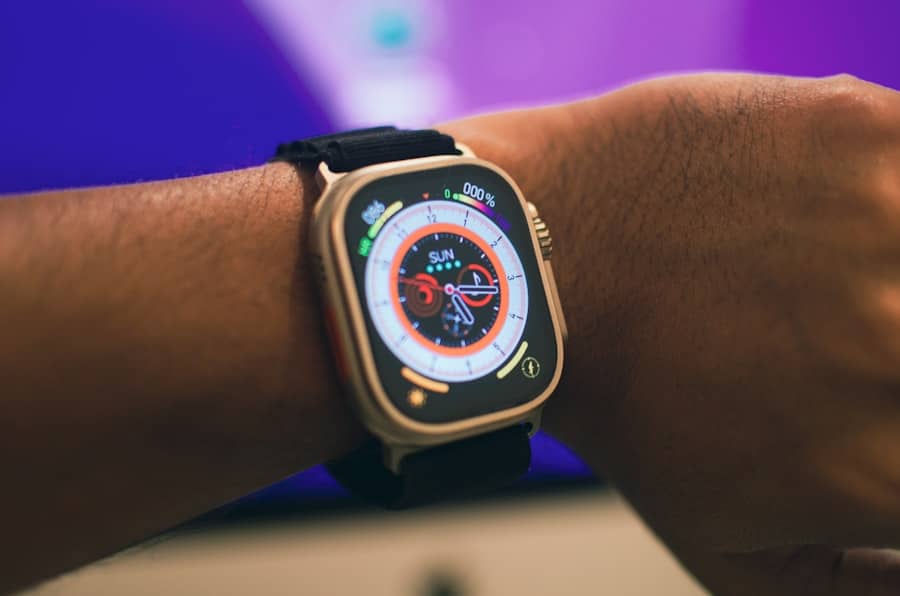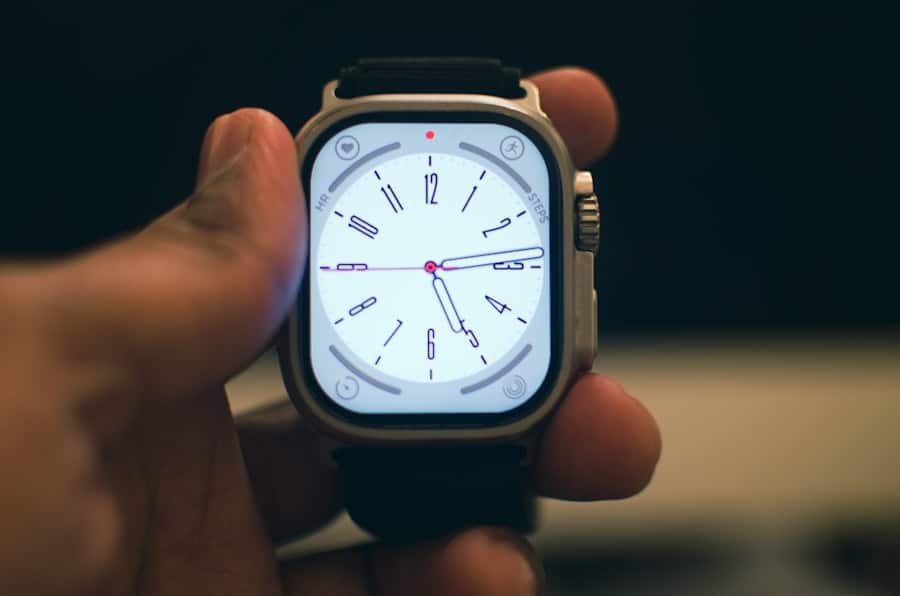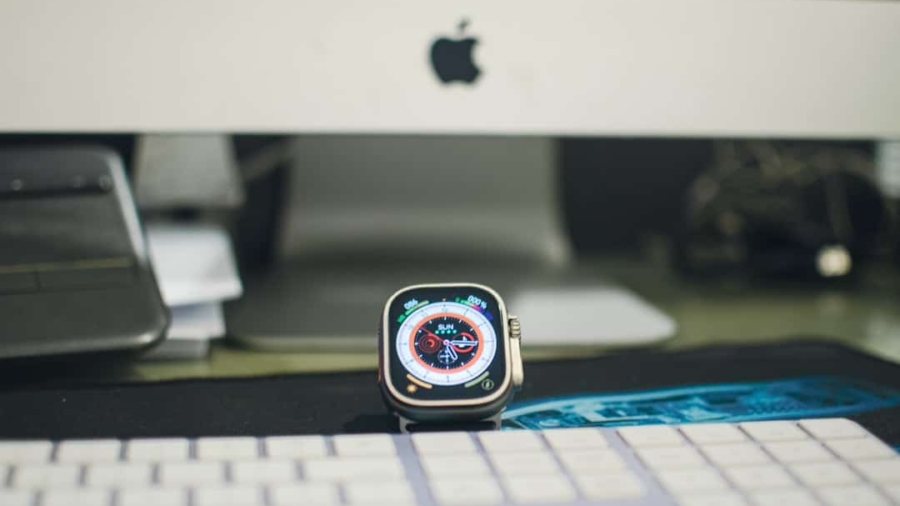Wireless communication has become a cornerstone of modern technology, particularly in the realm of wearable devices. These gadgets, which range from fitness trackers and smartwatches to health monitors and augmented reality glasses, rely heavily on wireless communication protocols to function effectively. The ability to transmit data without physical connections allows for greater mobility and convenience, enabling users to stay connected and informed in real-time.
As the demand for wearable technology continues to grow, the importance of robust wireless communication systems becomes increasingly evident. The evolution of wireless communication has significantly influenced the design and functionality of wearable devices. Early iterations of wearables were often limited by their connectivity options, primarily relying on basic Bluetooth or proprietary protocols.
This article delves into the various wireless communication technologies that underpin wearable devices, exploring their impact, advancements, and future potential.
Key Takeaways
- Wireless communication is essential for wearable devices, allowing them to connect and exchange data with other devices and networks.
- Bluetooth technology has had a significant impact on wearable devices, enabling seamless connectivity with smartphones and other devices.
- Advancements in Wi-Fi and cellular connectivity have expanded the capabilities of wearable devices, allowing for more independent functionality.
- Near Field Communication (NFC) plays a crucial role in wearable devices, enabling contactless transactions and data exchange.
- The integration of GPS and location-based services enhances the functionality of wearable devices, enabling features such as fitness tracking and navigation.
The Impact of Bluetooth Technology on Wearable Devices
Enhanced Capabilities and Energy Efficiency
The introduction of Bluetooth Low Energy (BLE) in 2010 marked a significant milestone, allowing wearables to maintain constant connectivity while consuming minimal power. This advancement has been particularly beneficial for fitness trackers and smartwatches, which require long battery life to monitor user activity continuously.
Expanding Applications and Functionality
The impact of Bluetooth on wearable devices extends beyond mere connectivity; it has also facilitated the development of a wide range of applications. For instance, fitness trackers can sync data with smartphones to provide users with insights into their health and activity levels. Smartwatches leverage Bluetooth to deliver notifications, control music playback, and even enable mobile payments.
Widespread Adoption Across Industries
The versatility of Bluetooth technology has led to its widespread adoption across various industries, from healthcare to entertainment, making it an essential component of the wearable ecosystem.
Advancements in Wi-Fi and Cellular Connectivity for Wearable Devices

While Bluetooth remains a dominant force in wearable communication, advancements in Wi-Fi and cellular connectivity have opened new avenues for device functionality. Wi-Fi connectivity allows wearables to access high-speed internet without relying on a paired smartphone, enabling features such as streaming music or receiving real-time updates directly on the device. The introduction of Wi-Fi 6 has further enhanced this capability by providing faster speeds, increased capacity, and improved performance in crowded environments.
This is particularly advantageous for wearables that require constant data access, such as smart glasses that display augmented reality information. Cellular connectivity has also transformed the landscape of wearable devices, allowing them to operate independently of smartphones. With the advent of LTE and 5G networks, wearables can now support high-bandwidth applications such as video calls and live streaming.
This independence is particularly appealing for users who wish to leave their phones behind during activities like running or cycling. For example, smartwatches equipped with cellular capabilities can receive calls and messages directly, track location via GPS, and even stream music without needing a nearby smartphone. As cellular technology continues to evolve, the potential for wearables to function as standalone devices will only increase.
The Role of Near Field Communication (NFC) in Wearable Devices
Near Field Communication (NFC) is another wireless communication technology that has found its niche within the realm of wearable devices. Operating over very short distances—typically less than four inches—NFC enables secure data exchange between devices with minimal user intervention. This technology is particularly useful for contactless payments, allowing users to make transactions simply by tapping their wearable device against a compatible terminal.
The convenience of NFC has led to its integration into various wearables, including smartwatches and fitness bands. Beyond payment applications, NFC can facilitate quick pairing between devices and streamline data transfer processes. For instance, users can easily connect their wearables to smartphones or other smart devices by simply bringing them close together.
This ease of use enhances the overall user experience and encourages greater adoption of wearable technology. Additionally, NFC can be employed in health monitoring applications where users can share medical data securely with healthcare providers by tapping their device against an NFC-enabled reader.
The Integration of GPS and Location-based Services in Wearable Devices
Global Positioning System (GPS) technology has become an integral part of many wearable devices, particularly those designed for fitness and outdoor activities. GPS enables accurate tracking of location and movement, allowing users to monitor their routes during activities such as running, cycling, or hiking. The integration of GPS into wearables has transformed how individuals engage with fitness and navigation applications, providing real-time feedback on distance traveled, pace, and elevation changes.
Moreover, location-based services powered by GPS have expanded the functionality of wearables beyond fitness tracking. For example, smartwatches can provide turn-by-turn navigation instructions directly on the wrist, eliminating the need for users to constantly check their smartphones. Additionally, GPS data can be leveraged for safety features; some wearables include emergency alert functions that send location information to designated contacts in case of an emergency.
As GPS technology continues to improve with advancements in accuracy and responsiveness, its role in enhancing the capabilities of wearable devices will only grow.
The Future of 5G and its Influence on Wearable Devices

The rollout of 5G networks represents a significant leap forward in wireless communication technology, promising faster speeds, lower latency, and greater capacity than previous generations. For wearable devices, this advancement holds immense potential for transforming user experiences across various applications. With 5G’s ability to support a higher density of connected devices simultaneously, wearables can seamlessly integrate into the broader Internet of Things (IoT) ecosystem.
One of the most exciting prospects of 5G for wearables is the potential for real-time data processing and analytics. For instance, augmented reality glasses could leverage 5G connectivity to deliver immersive experiences without lag or buffering issues. Similarly, health monitoring wearables could transmit data to healthcare providers instantaneously, enabling timely interventions based on real-time health metrics.
The low latency associated with 5G also enhances applications such as remote surgery or telemedicine consultations, where immediate feedback is crucial.
Security and Privacy Concerns in Wireless Communication for Wearable Devices
As wearable devices become increasingly interconnected through wireless communication technologies, security and privacy concerns have emerged as critical issues. The vast amount of personal data collected by wearables—ranging from health metrics to location information—poses significant risks if not adequately protected. Cybersecurity threats such as hacking or data breaches can compromise sensitive user information, leading to potential misuse or identity theft.
Encryption protocols are commonly employed to protect data during transmission, ensuring that even if intercepted, it remains unreadable without the appropriate decryption keys. Additionally, user authentication methods such as biometric recognition or two-factor authentication are being integrated into wearable devices to enhance security further.
However, as technology evolves, so too do the tactics employed by cybercriminals; thus, ongoing vigilance and innovation in security practices are essential.
The Potential for Interoperability and Integration with Other Devices through Wireless Communication
The future of wearable devices is not solely about standalone functionality; interoperability with other devices is becoming increasingly important. Wireless communication technologies facilitate this integration by allowing wearables to communicate seamlessly with smartphones, smart home systems, and other IoT devices. This interconnectedness enhances user experiences by creating cohesive ecosystems where devices work together harmoniously.
For example, a fitness tracker could sync with a smart home system to adjust lighting or temperature based on the user’s activity level or preferences. Similarly, smartwatches could interact with home security systems to provide alerts or control access remotely. The potential for interoperability extends beyond consumer applications; in healthcare settings, wearables can communicate with medical devices or electronic health records systems to provide comprehensive patient monitoring solutions.
As standards for wireless communication continue to evolve, the possibilities for integration across various platforms will expand significantly. In conclusion, wireless communication technologies are at the heart of the wearable device revolution. From Bluetooth’s foundational role to the transformative potential of 5G networks, these technologies enable a wide array of functionalities that enhance user experiences across various domains.
As advancements continue to unfold and new challenges arise—particularly concerning security and interoperability—the future landscape of wearable devices promises to be dynamic and innovative.
A related article to How Wireless Communication Is Advancing Wearable Devices is “Discover the Best Paying Jobs in Tech 2023.” This article discusses the top-paying jobs in the tech industry for the upcoming year, providing valuable insights for professionals looking to advance their careers. To learn more about the best paying jobs in tech, check out the article here.
FAQs
What is wireless communication in the context of wearable devices?
Wireless communication in wearable devices refers to the ability of these devices to transmit and receive data without the need for physical wired connections. This allows for seamless connectivity and data transfer between the wearable device and other devices or networks.
How is wireless communication advancing wearable devices?
Wireless communication is advancing wearable devices by enabling them to connect to a wide range of devices and networks, such as smartphones, tablets, and the internet. This connectivity allows for real-time data monitoring, remote control, and seamless integration with other smart devices.
What are some examples of wireless communication technologies used in wearable devices?
Some examples of wireless communication technologies used in wearable devices include Bluetooth, Wi-Fi, cellular connectivity (such as 4G and 5G), and NFC (Near Field Communication). These technologies enable wearable devices to communicate with other devices and networks, as well as with each other.
What are the benefits of wireless communication for wearable devices?
The benefits of wireless communication for wearable devices include increased mobility and convenience, as well as the ability to access and share data in real time. Wireless communication also allows for seamless integration with other smart devices and networks, enhancing the overall functionality and utility of wearable devices.
What are some challenges or limitations of wireless communication in wearable devices?
Challenges and limitations of wireless communication in wearable devices may include issues related to battery life, signal strength, data security, and interoperability with different devices and networks. Additionally, the reliance on wireless communication may introduce potential vulnerabilities to cyber attacks and privacy concerns.

